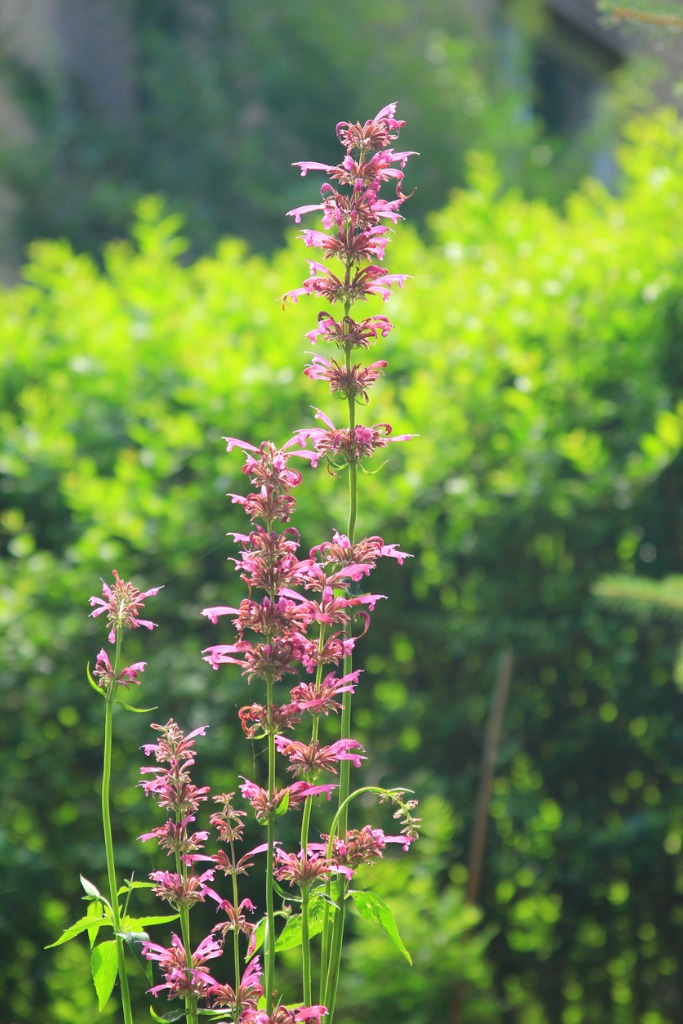Mexican Giant Hyssop
(Agastache mexicana)

Description
Agastache mexicana is a species of flowering plant in the mint family known by the common name Mexican giant hyssop. It is native to southern North America and can grow up to 100 cm tall. The leaves are lanceolate or oval-lanceolate. The plant is perennial and self-fertile. Its young lemon scented leaves are used in herbal teas and the leaves are also often used in flavoring foods. This plant can thrive in arid or semi-arid regions, but it is necessary for the seed to pass a cold and humid season which break dormancy in order to produce germination. For a proper development it requires alkaline or neutral, aerated and light soil, otherwise the excessive humidity, compactness and damping will putrify the root system. This species requires direct sunlight or partial shade, but doesn't do well in interior corners or under taller plants; these situations will make the plant tend to yellowing and loss of leaves, absence of flowering and even death. Sunny days and cooler nights will produce more intense aroma in the leaves. It can produce flowers when it reaches 1 month old, but requires at least 3 days of natural or artificial watering for two weeks. Agastache is a genus of aromatic flowering herbaceous perennial plants in the family Lamiaceae. It contains 22 species, mainly native to North America, one species native to eastern Asia. The common names of the species are a variety of fairly ambiguous and confusing "hyssops" and "mints"; as a whole the genus is known as giant hyssops or hummingbird mints. Most species are very upright, 0.5-3 m tall, with stiff, angular stems clothed in toothed-edged, lance shaped leaves ranging from 1-15 cm long and 0.5-11 cm broad depending on the species. Upright spikes of tubular, two-lipped flowers develop at the stem tips in summer. The flowers are usually white, pink, mauve, or purple, with the bracts that back the flowers being of the same or a slightly contrasting color. Agastache derives from the Ancient Greek words ἄγαν (ágan) "very much" and στάχυς (stákhus) "ear of grain", describing the flower spikes. The genus was established in 1762 by Jan Frederik Gronovius in the second edition of his controversial Flora Virginica, based on the specimens and notes of John Clayton. It is a member of subfamily Nepetoideae, which contains a large proportion of the world's aromatic culinary herbs. Within its subfamily, it belongs to the mint tribe (Mentheae), and therein to the catmint subtribe (Nepetinae).
Taxonomic tree:







